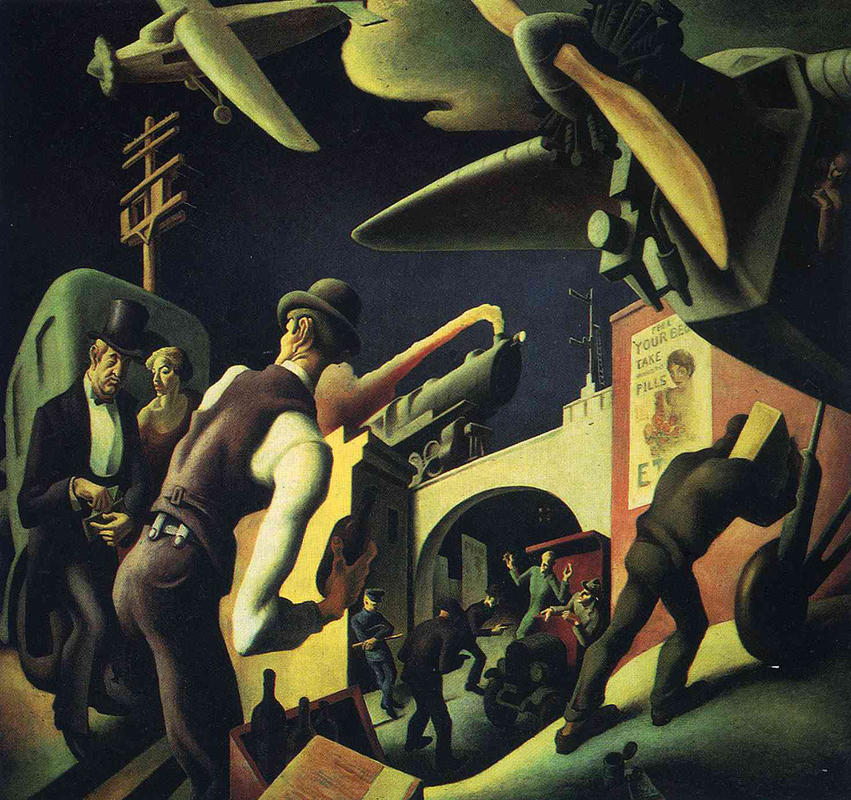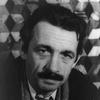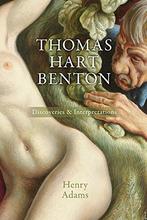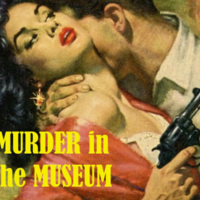More about Bootleggers
- All
- Info
- Shop

Sr. Contributor
Only the poor suffered during Prohibition and Thomas Hart Benton knows it.
“I'm so thirsty that I'm blue,
Old friend Booze I long for you,
I never knew that I'd miss you,
The way I do Boo-hoo, Boo-hoo”
“I’ve got the Prohibition Blues (For My Booze)” Ring Lardner (1919)
This painting was created in 1927, the same year that the previously known Prohibition Unit changed its name to the Bureau of Prohibition and became a solo agent within the Department of Internal Revenue. First time offenders, aka the working class who couldn’t afford to bribe the law, could be given a maximum sentence of 6 years in prison and a $1,000 fine. In 1929 with the passing of the Jones Law the max sentence was increased to $10,000 and five years’ time. 1929 may ring a bell as the year the stock market crashed and the Great Depression began, thus proving that The Man just DGAF about your stress levels. To further damn The Man, in 1930 famous bootlegger George Cassidy (that could be him in the painting!) wrote front page Washington Post tell-alls that pointed to the fact that all of Capitol Hill (80% by his estimate) were consistently drinking while the little man soberly suffered. Boo-hoo indeed.
The piece is a prime example of the Prohibition power disparities about which Cassidy would later write. The circular composition leads the viewer through the vicious cycle created by Prohibition; demand, labor, transportation, the often bloody distribution process (giving new meaning to the question, “do you want a shot?”), and back again to the demand. Take note that the largest figures in the composition are the dealer, the extremely wealthy looking buyer and the laborer, while transportation, and law enforcement play out their scenes in miniature. This choice was undoubtedly made to highlight the juxtaposition of the faceless crouched over dealer and worker with the wealthy couple who needn’t hide their faces as their purchasing and political power essentially placed them above the law. In fact law enforcement, which during Prohibition saw longer hours and higher crime (and drug addiction! Hence the cheeky poster on the wall), is displayed as a distant afterthought to the posh partiers.
Benton recognizes this as the work that began his obsession with capturing contemporary moments in order to chronical daily American life as the history it would soon become, a theme that would eventually define his career. It is therefore not at all surprising that the painting places such an emphasis on the machinery used in the bootlegging process. The plane in the foreground speaks to the country’s growing love of air travel, 1927 being the year that Charles Lindbergh flew the Spirit of St. Louis over the Atlantic and more importantly this was painted! Benton purports to have spent hours filling notebooks with sketches of planes, trains, and automobiles, an artistic vision which directly inspired the 1987 John Hughes comedy classic. (I'm just kidding, this painting in no way influenced the 1987 comedy classic film Planes, Trains, and Automobiles.)













